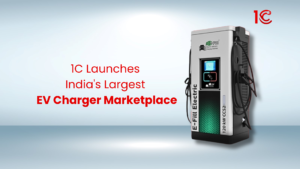
Menu
Menu
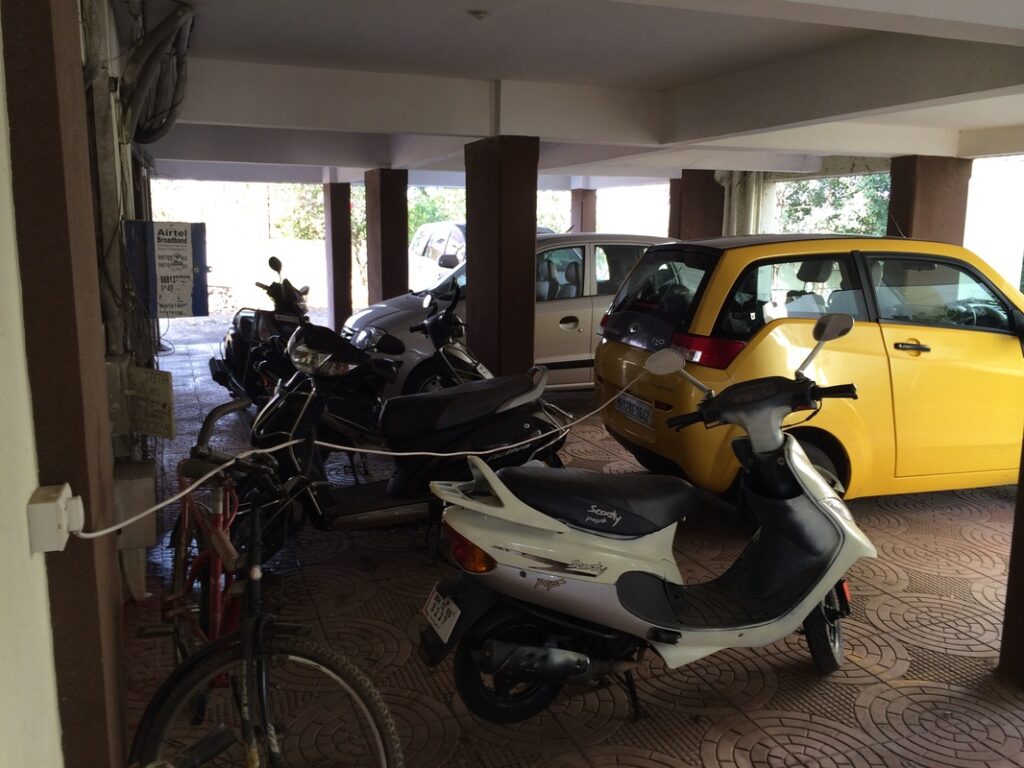
One of the most crucial growth engines for electric vehicles is fast charging at an affordable price. India’s fast-charging infrastructure growth is happening at such a pace that not only governments but businesses that have no connection to the automobile industry can’t resist themselves to invest in the EV space.
Also Read:
But will we be “fast-charging” our electric cars at home in the future? Because we all know every EV owner will prefer charging their electric vehicles in their home and public EV charging stations will be used occasionally or at least “not” on a daily basis. So, we must be able to use both slow and fast charging options in our homes if not today then at some point in time we will all be having a fast EV charger at our home. In this blog post, we’re going to see whether we can install fast charging options in our homes. If yes how will that happen and what cost does it require?
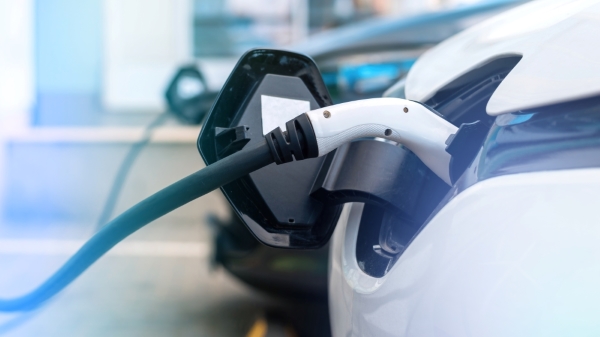
Electric cars can be charged via a normal socket at your home but since we assume we’ll need a fast EV charger at our home in the future you need to understand what’s the key difference between fast and slow EV chargers.
Fast EV Charger | Slow EV Charger |
Require Complex installation | It can easily be installed at home |
Need more space | Need less space |
Have various equipment inside the charger | Have relatively less equipment |
Installation cost is high | Installation cost is low |
Have an AC-DC inverter inside the charger that impacts cost, installation complexity, | Don’t have any major electrical equipment to skyrocket the cost. |
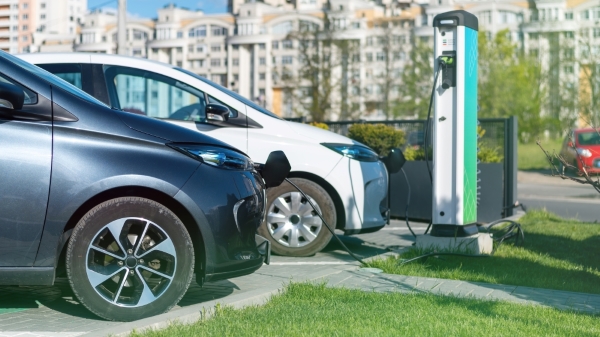
EV slow charger can be installed just by plugging it in by the nearest socket, hanging the wall charger by a wall holder, and just connecting it with your EV. But unlike slow chargers, fast EV chargers require a complex and more advanced setup to fully charge your EV in just a matter of minutes. Here are all the essentials you need to install a fast EV charger at your home:
1. Fast EV charger:
The Nexon EV comes with a portable socket charger with a 3.3kW capacity that can fully juice up a 30kWh battery in 10 hours. But waiting 10 hours for your vehicle to be ready to go is not an ideal condition, right?
So, for fast charging, you first need a DC fast charger with a minimum of 15kW rated power for fast charging at home.
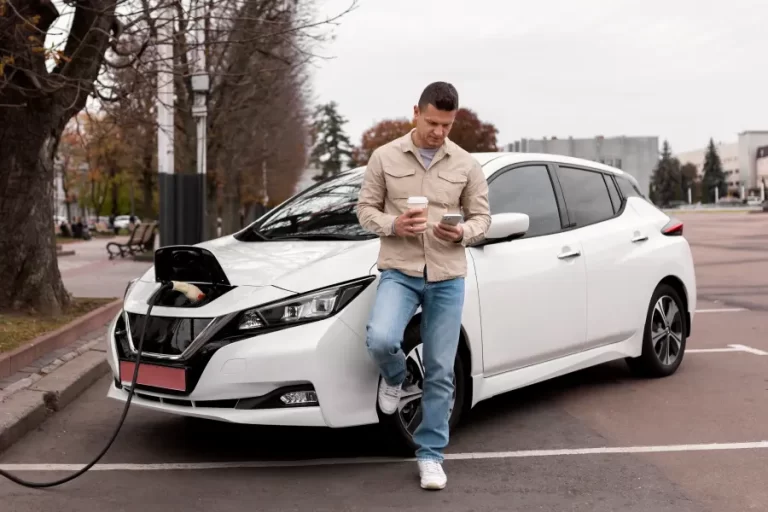
2. Proper space:
The DC fast chargers are relatively heavy and space-consuming, so you first need to ensure proper space for the installation of a fast EV charger at your home.
3. Transformer Requirement:
Usually, you do need an EV charging a transformer while DC fast charging at home. Here’s the requirement for transformers in charging stations:
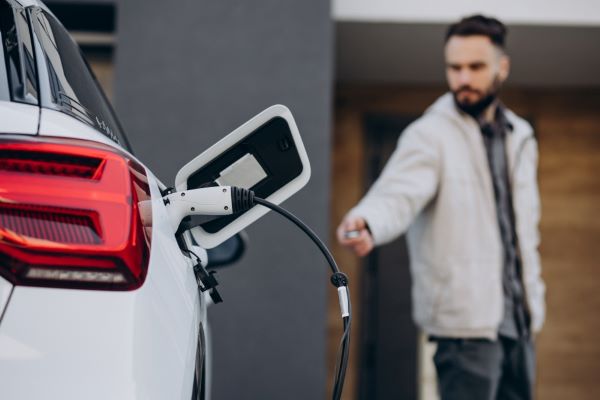
You can install fast-charging at home with chargers rated between 7kW to 15kW beyond that you can’t due to infrastructural constraints.
Here’s a comprehensive guide on how you can install a fast EV charger at home:
1. Check electricity load and wiring – Make sure your home’s electrical system can handle the load of a fast charger. Consult an electrician to assess if an upgrade is needed.
2. Select a location – Pick a spot in your home with easy access to your EV parking. Ensure adequate space for the charger and parking.
3. Install the mounting base – Fasten the mounting base as per the charger’s instructions. Ensure it is leveled and can bear the charger’s weight.
4. Connect the wiring – Shut off the main power supply. Run conduit and wires from your electrical panel to the mounting location. Use appropriate gauge wires based on charger amperage.
5. Install the circuit breaker – Install a dedicated circuit breaker in the electrical panel rated for the charger amperage. Connect the circuit breaker to the wiring.
6. Mount the charger – Secure the charger to the mounting base as per the instructions. Ensure all connections are tight.
7. Connect to power supply – Connect the charger wiring to the circuit breaker. Turn the main power supply back on.
8. Configure the charger – Set up the charger as per the manufacturer’s instructions. Adjust any settings like charge current if needed.
9. Test the installation – Plug in the EV and verify the charger turns on and charges properly. Check for any abnormal noise or heat during operation.
Set up safety features – Install signs and barriers as needed to prevent accidents while charging.


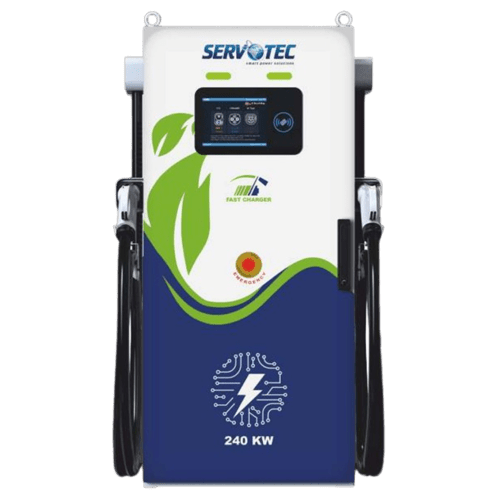
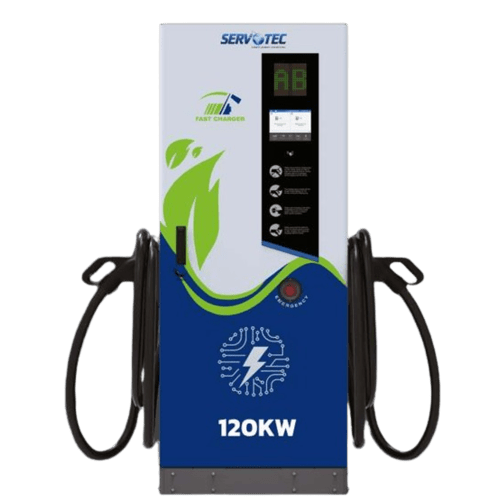
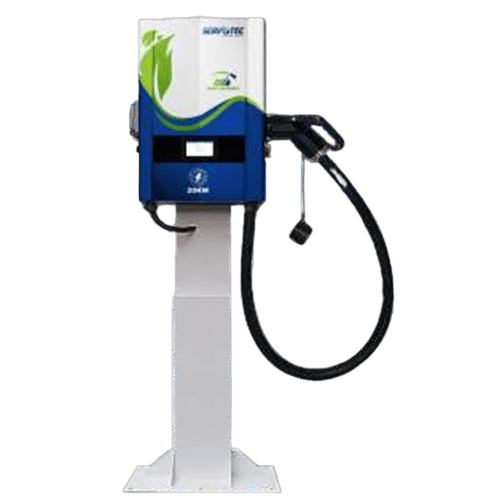
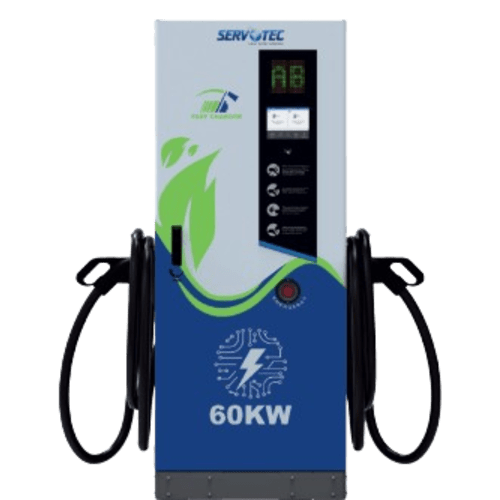
© 2024 Massive Mobility Private Limited. All rights Reserved